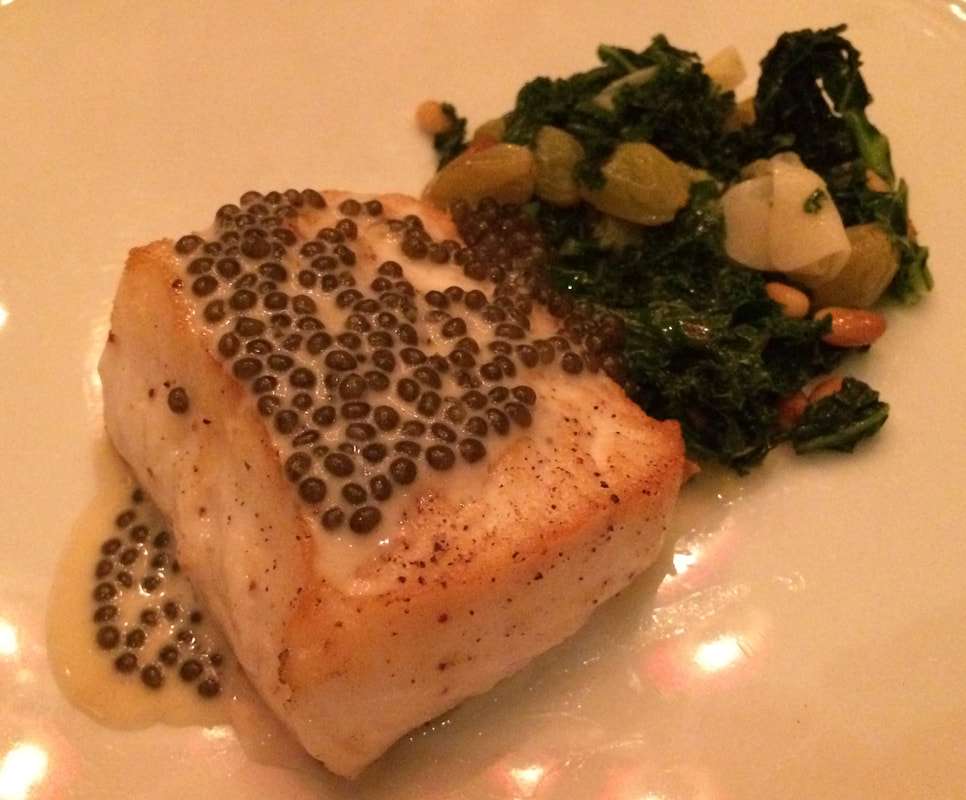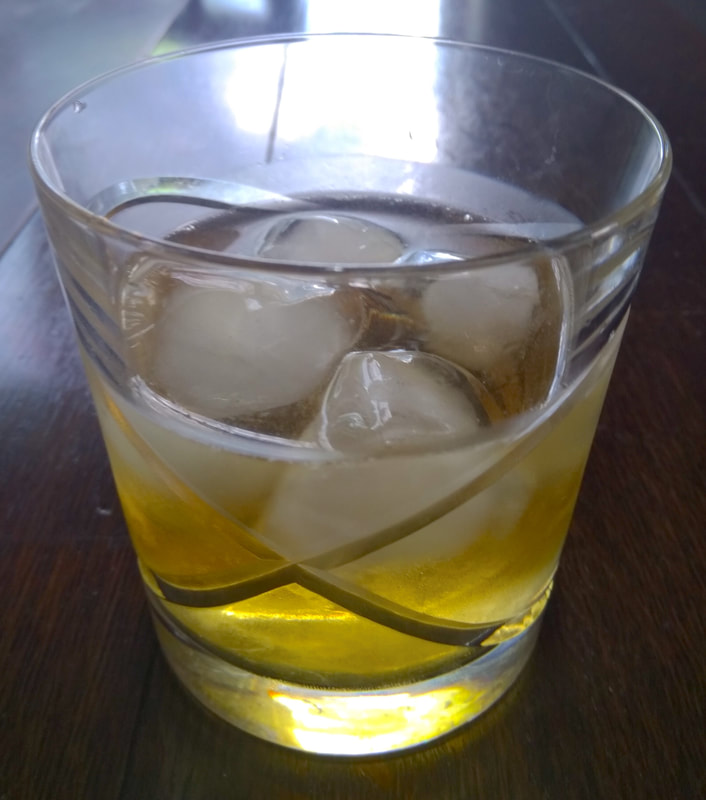Of the restaurants that Vallone had over the years, including Anthony’s, Grotto, La Griglia, Vallone’s (twice), Los Tonyos – a short-lived Tex-Mex concept on Shepherd that I actually quite liked – and Ciao Bello, it began and ended with the eponymous Tony’s, which remains on Richmond in Greenway Plaza.
Tony’s was Tony Vallone’s first and most iconic restaurant was his only restaurant when he passed away last week. The first incarnation opened in 1965 on far-less-busy Sage Road as what has been called a “spaghetti house” when Vallone was only in his early twenties. In a few years it transformed into a mostly French restaurant taking its cues from the grand dames of French dining in Manhattan like La Caravelle and Lutèce. It was then and remained a destination for local socialites, the business elite, visiting celebrities and even presidents, who were more than ably cosseted in its clubby Post Oak Boulevard address where it moved in 1972. Tony’s proudly served “The poetry of French food” as it proclaimed in a 1975 Texas Monthly advertisement, and doing it very well. The year before the same magazine thought it was the best restaurant in Houston. Tony’s kitchen eventually became more Italian following the passion of its owner, whose parentage, I understood, had antecedents in Sorrento, down the coast from Naples, and Corleone in Sicily where many Houston Italian-Americans have roots. His culinary heart seemed to be in Naples, which showed on the menu and, more so, in later restaurants.
John Mariani, the longtime restaurant critic for Esquire now at Forbes, was a big fan of Tony Vallone’s restaurants. For his list of best new restaurants in the country for the magazine, Anthony’s was on it in 1985, Grotto in 1989, La Griglia in 1991, Anthony’s in its new location in 1994, and Tony’s after its move in 2005. Anthony’s was even named the best new restaurant in the country in its last incarnation in Highland Village. High praise, indeed, coming from a well-traveled, seasoned writer based in the New York area and an expert on Italian food, the author of The Dictionary of Italian Food and Drink. In fact, Mariani listed both Anthony’s and Tony’s among the most authentic Italian restaurants in this country in 1985 joining Tony May’s ambitious, beautiful Palio and Lidia Bastianich’s Felida in New York, and Piero Selvaggio’s Valentino and Primi plus the groundbreaking Rex Il Ristorante in Los Angeles.
My favorite of the Vallone establishments was Grotto. In part, because it was the most approachable and affordable, very important for someone just out of college during its early heydays. The food was – and is, as the menu has been stuck in amber since Landry’s purchased it – mostly Neapolitan-inspired with some items and tastes from Sicily along with the very thin-crust Roman-style pizza tonda, all done very well. Not quite authentically Italian but tasting Italian for the most part, and tasting great, regardless of provenance, more vibrant and stylish than most, especially at the prices. It was usually one of the pasta preparations or veal for me then prefaced by a wonderful breadbasket that included then then exotic, Sardinian cracker-like pane carasau. The setting and atmosphere in the evenings were terrific, drawing the very well-heeled and still-pretty-after-many-decades, but also a range of ages and with an smart, upscale casualness that made it inviting to me. Well-made Neapolitan-themed fare will do that for me, too, in most places, to be honest. I used to even stop by the restaurant to just pick up cans of the Vallone labeled San Marzano tomatoes when it sold those.
In addition to the quality of the fare and the attentive service at Tony’s, especially, Tony Vallone had an excellent sense of style and design. I don’t believe that he received enough credit for that, and it extended to all of his restaurants, at least from the 1980s on. Grotto featured a sprawling, fun and often bawdy, well-rendered mural adorning the walls and columns featuring Naples-inspired figures street scenes and those from the Italian commedia dell’arte that was part of the draw of the restaurant. La Grigila was maybe even more attractive, with its seaside motif, if more restrained in the content of its décor. Anthony’s, after those two, was completely different, but strikingly handsome. The latest incarnation of Tony’s, which opened in 2005, has an intriguing modern setting, light but sumptuous, punctuated with dramatic late-century works by Robert Rauschenberg and Jesus Moroles.
But, for me, the fondest memories from the Vallone establishments are primarily about the food. Here is a dish that can be made a home, a recipe from Grotto that was featured in the Vallone restaurants newsletter for the Fall / Winter 1993. I’ve made this a number of times over the years to great success. Surprising success, at that. It’s easy, just be sure to have good quality ingredients. It takes its name from the island off the coast of Naples, in case you are wondering. Don’t know if it has any connection to Ischia, but the name sounds cool.
Mozzarella Ischia – Hot Fresh Mozzarella with Tomatoes, Olives, and Sweet Peppers
Ingredients:
Mozzarella di Bufala – 3 pounds
Extra Virgin Olive Oil – ½ cup
Garlic – 6 to 8 cloves, finely minced
Flat-leaf parsley – 1 cup, chopped
Balsamic vinegar – 1 tablespoon
Red onion – 1 cup, finely chopped
Gaeta olives – 20, pitted and cut in half
Dried oregano – 1 tablespoon
Tomatoes, large – 6, chopped into good-sized pieces; tomatoes need to be very fresh
Basil – 36 large leaves, torn into pieces just before serving
Red bell peppers – 4, roasted and sliced
Sugar – 1 tablespoon
Salt and pepper to taste
Serves 12 as an appetizer. I usually have thick slices from a crusty loaf as an accompaniment.
Directions:
- Preheat oven to 400°F.
- Place thick slices or balls of mozzarella into a well-oiled baking dish and cook for 5 minutes
- In a large bowl, mix well all of the other ingredients.
- Place the just-baked mozzarella onto small plates and spoon the mixture over it and then pour on some additional liquid from the bowl. Serve at once.
Part of a luncheon at Tony's a few years ago.


 RSS Feed
RSS Feed

